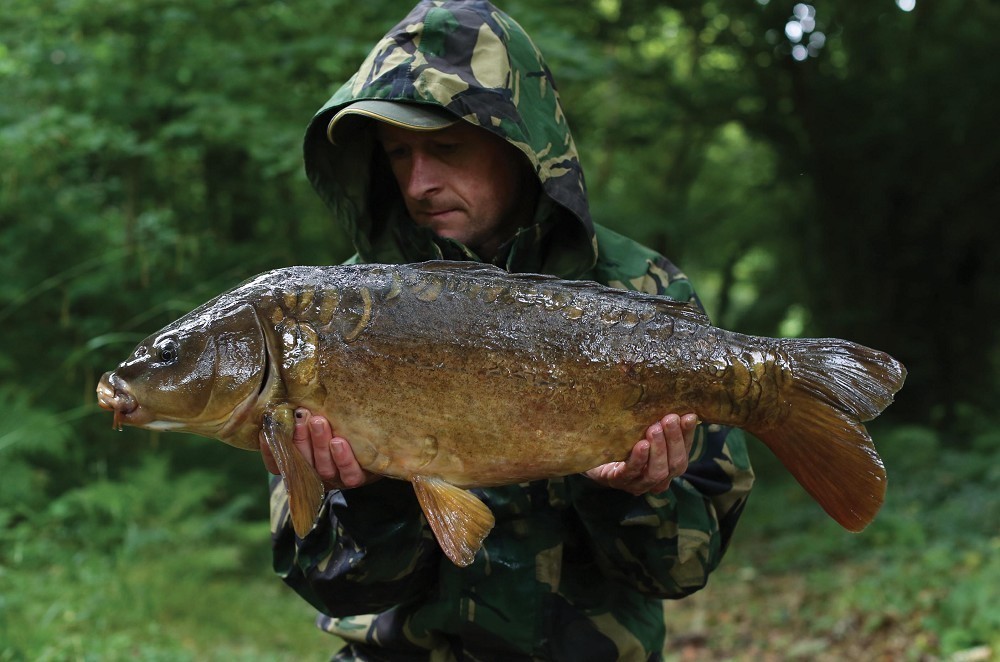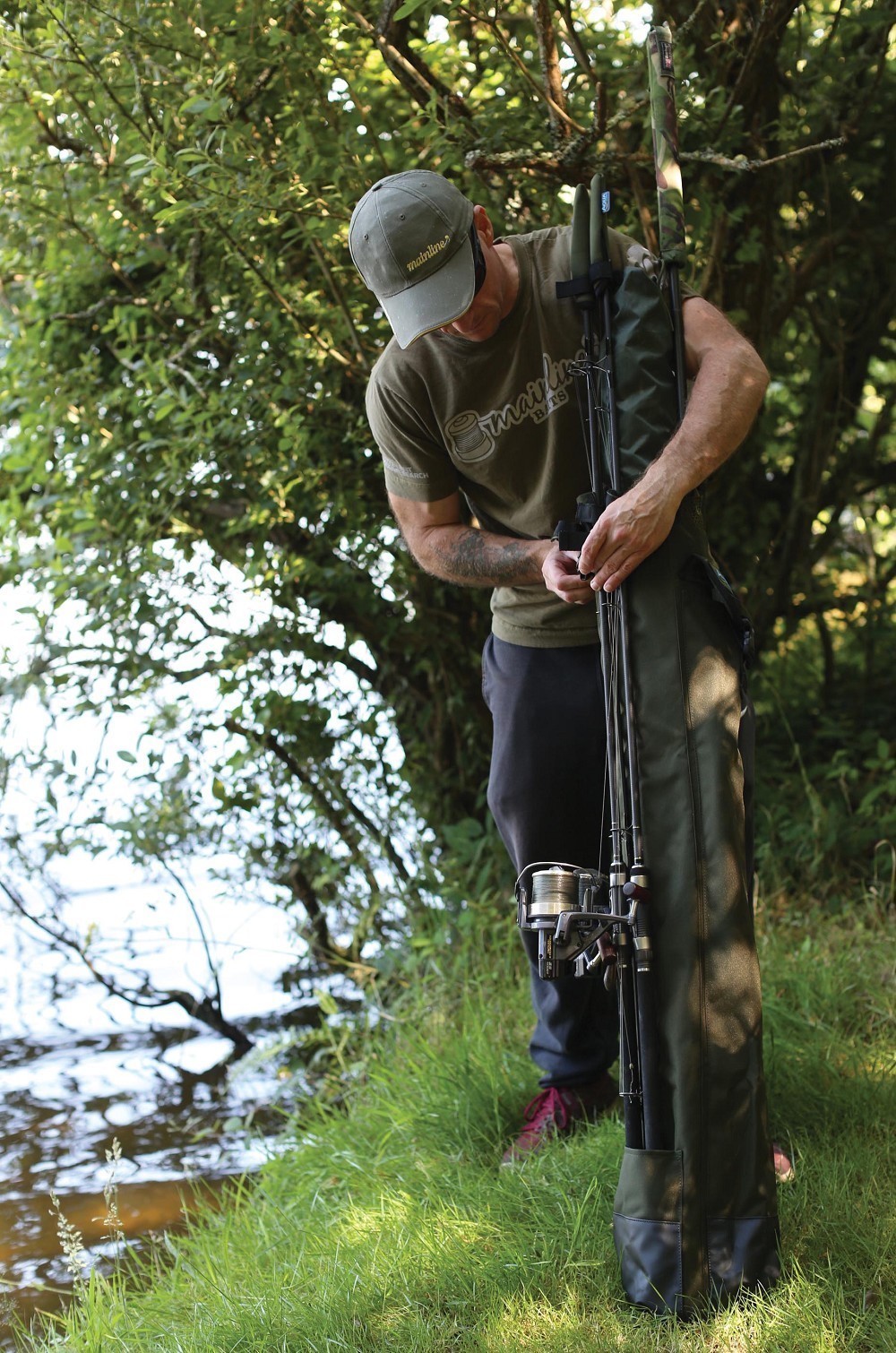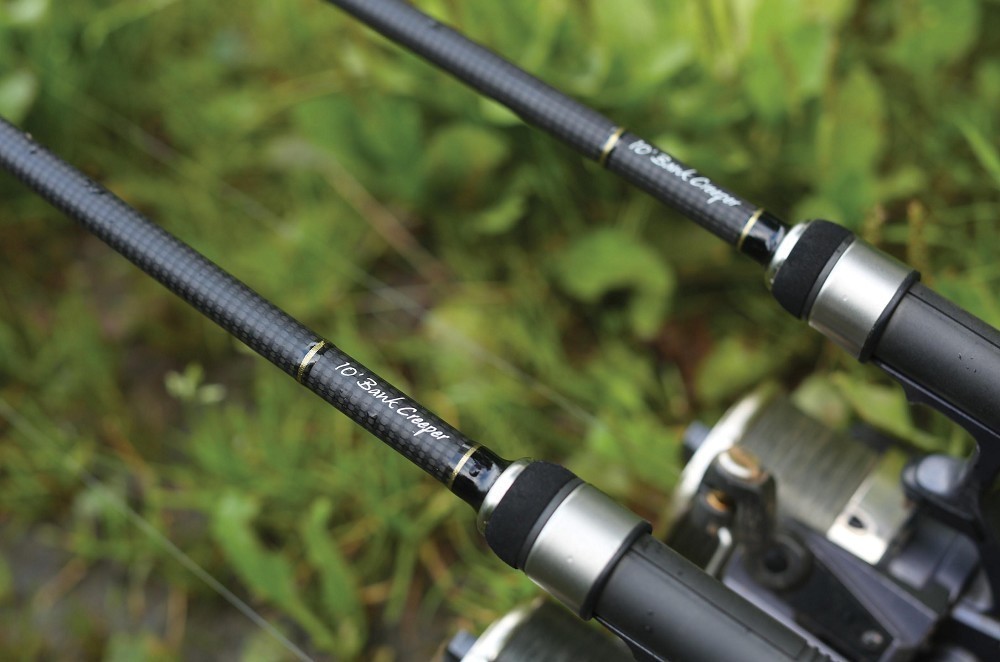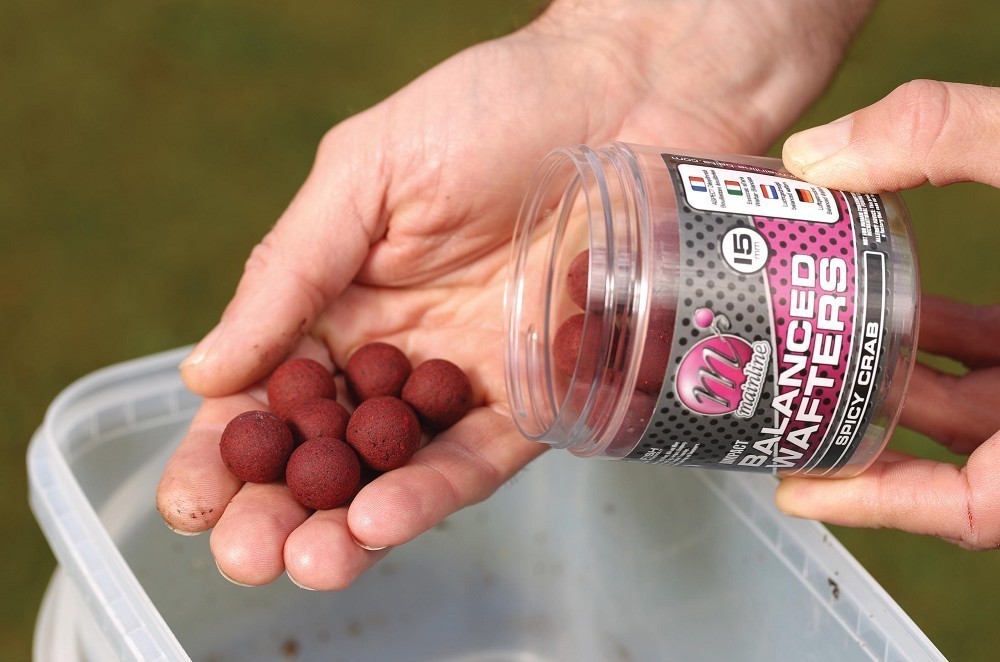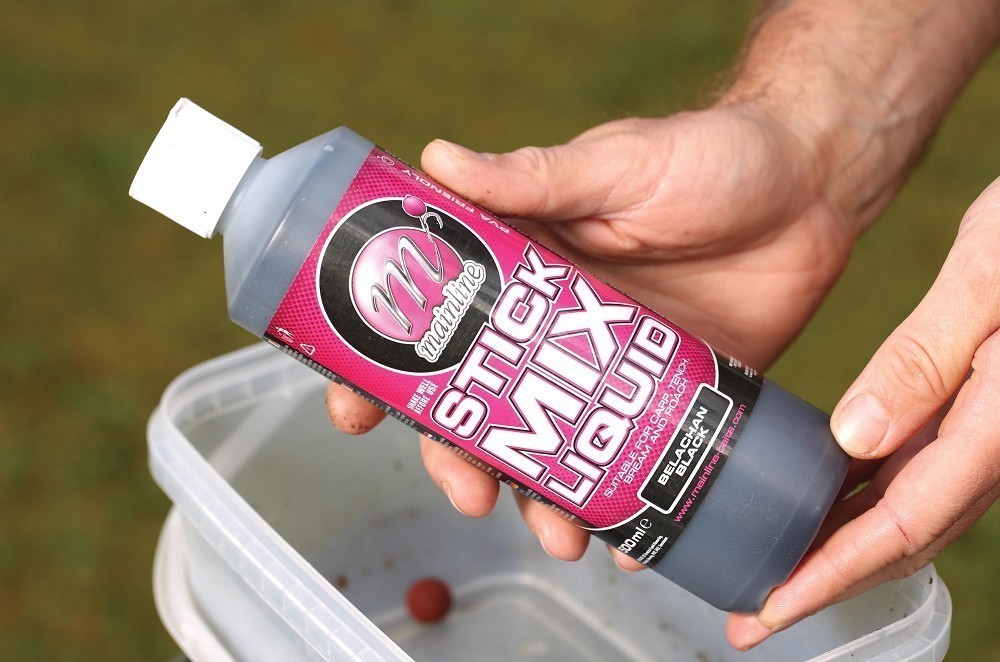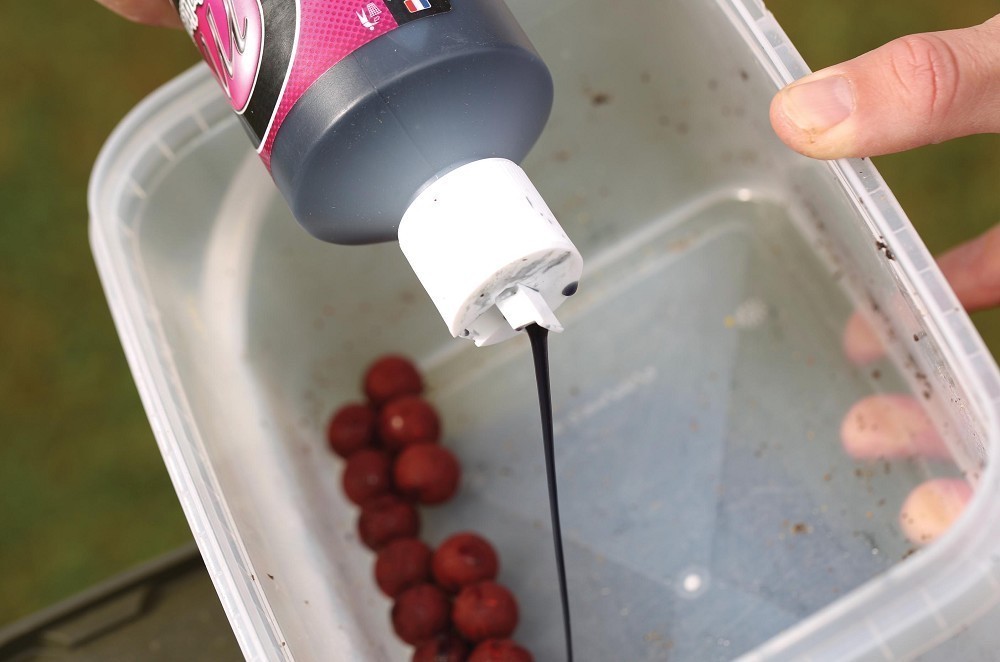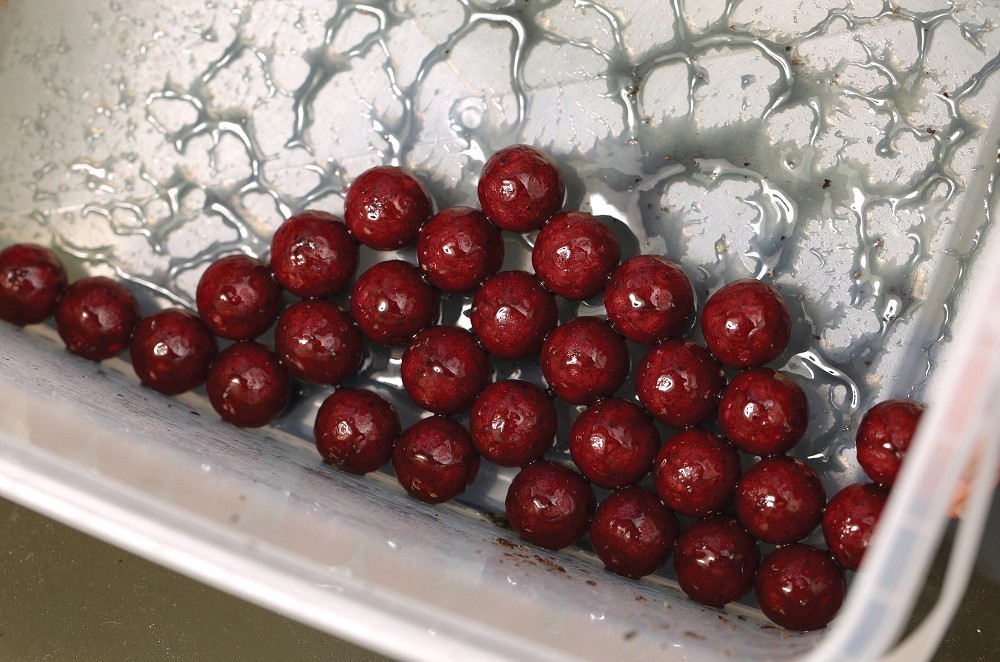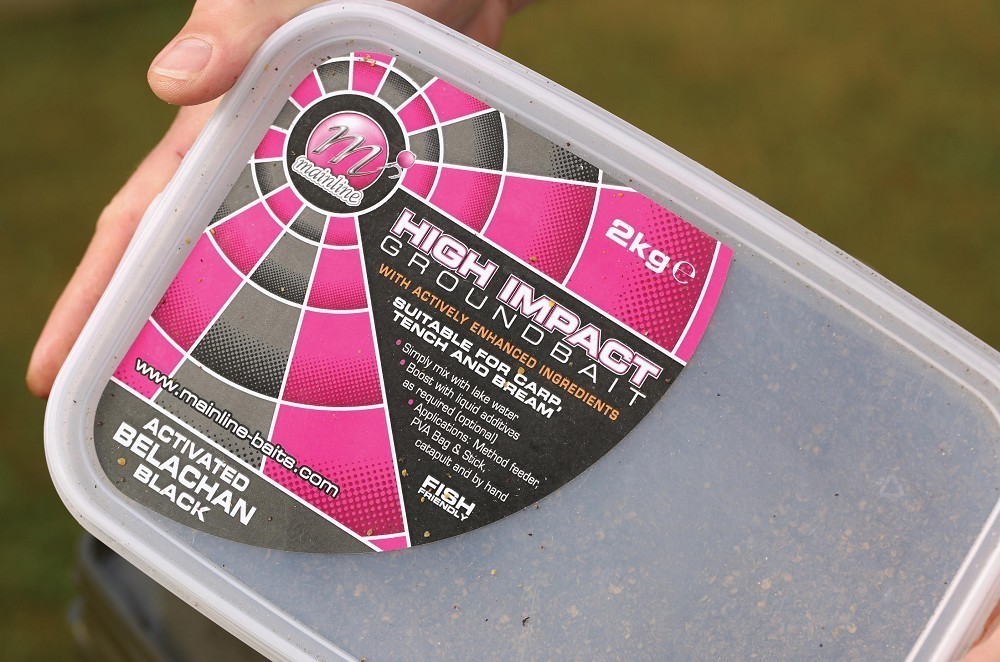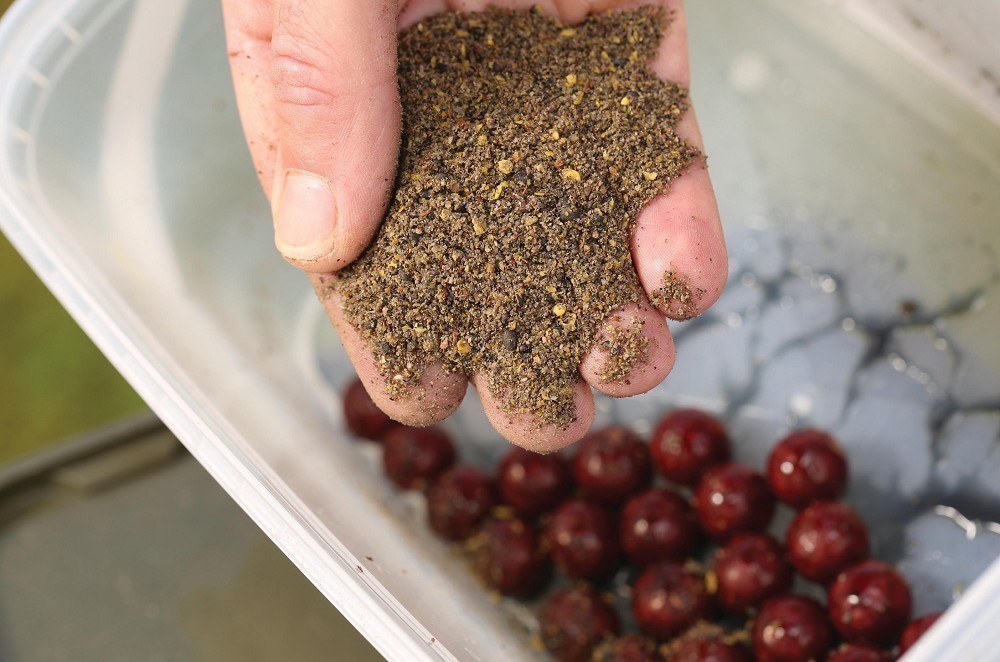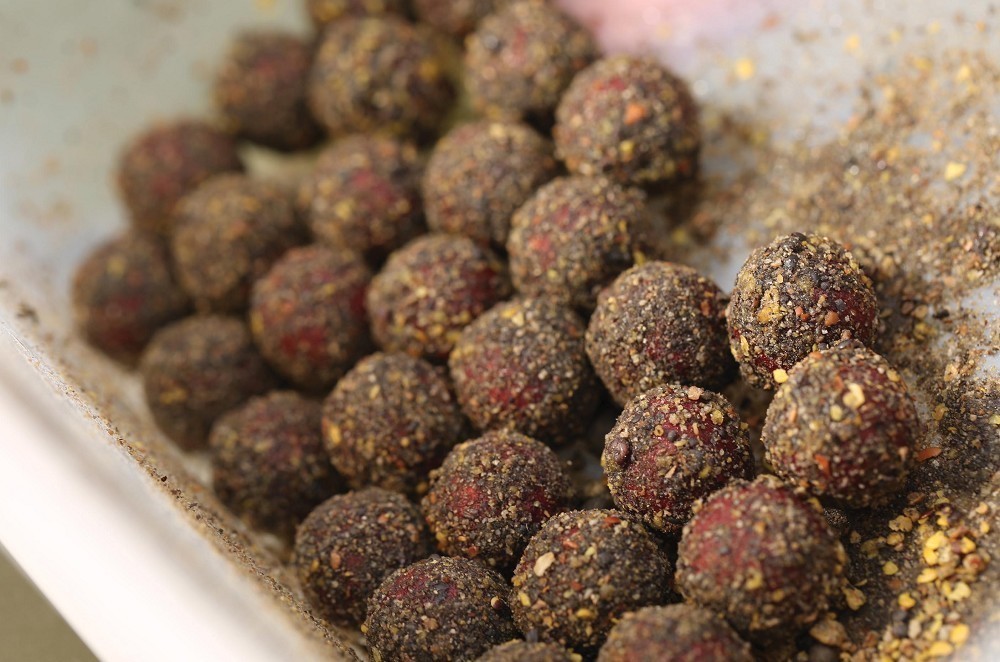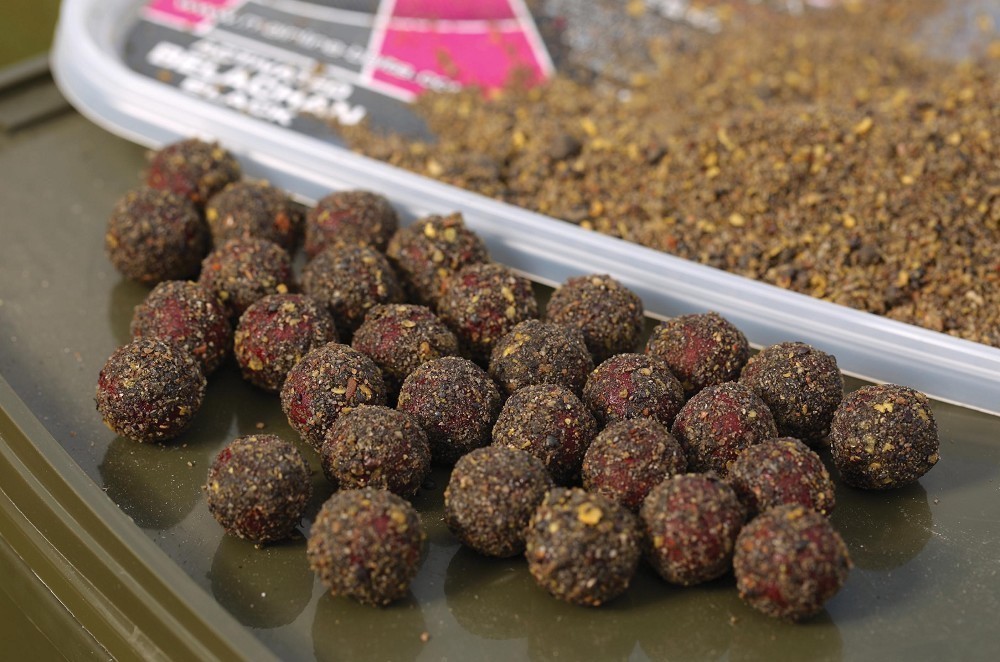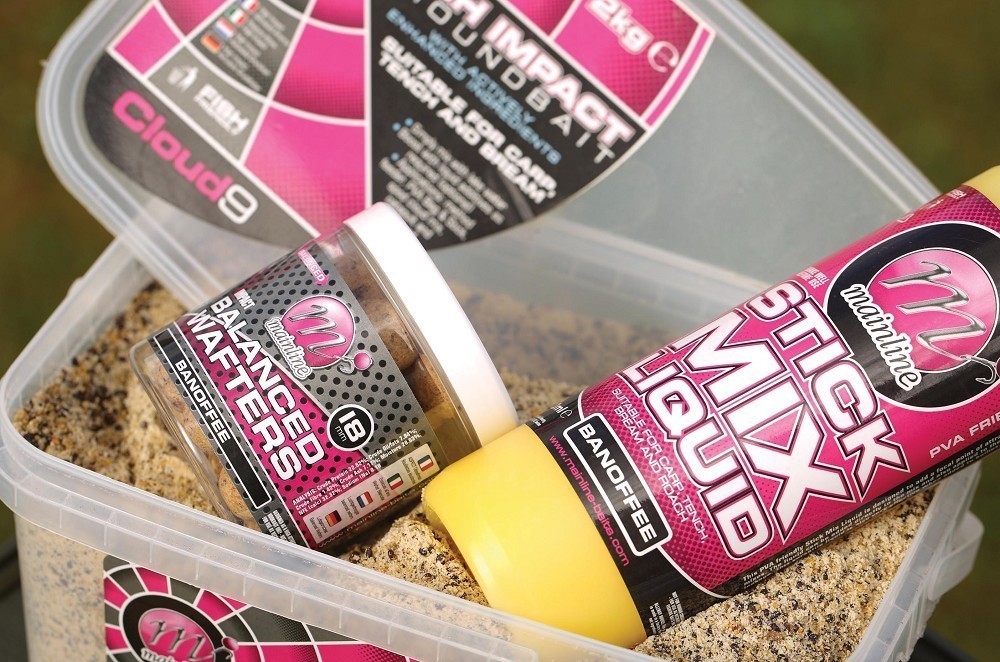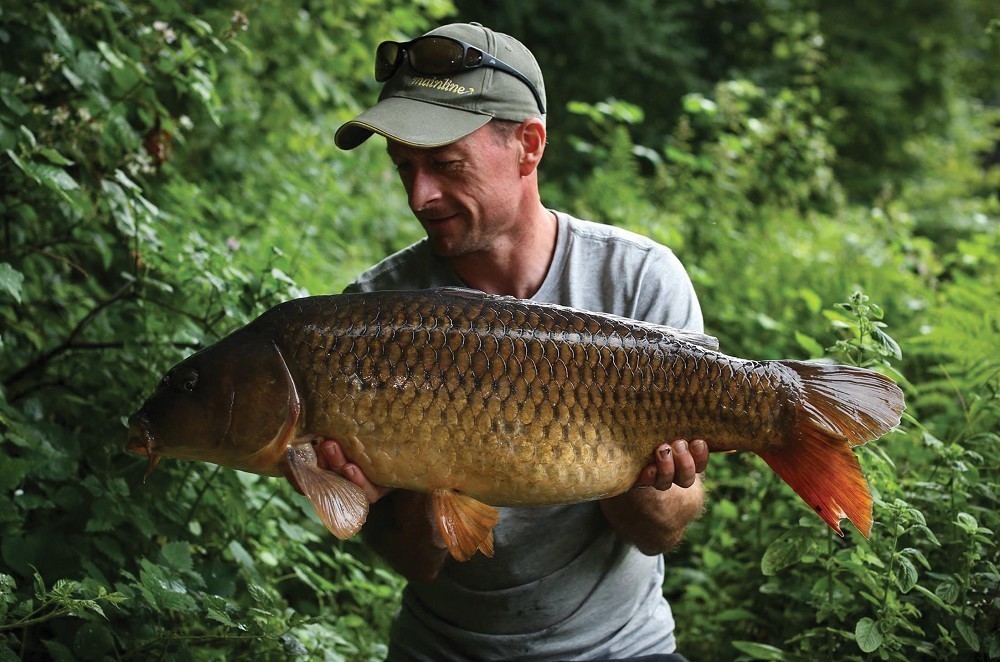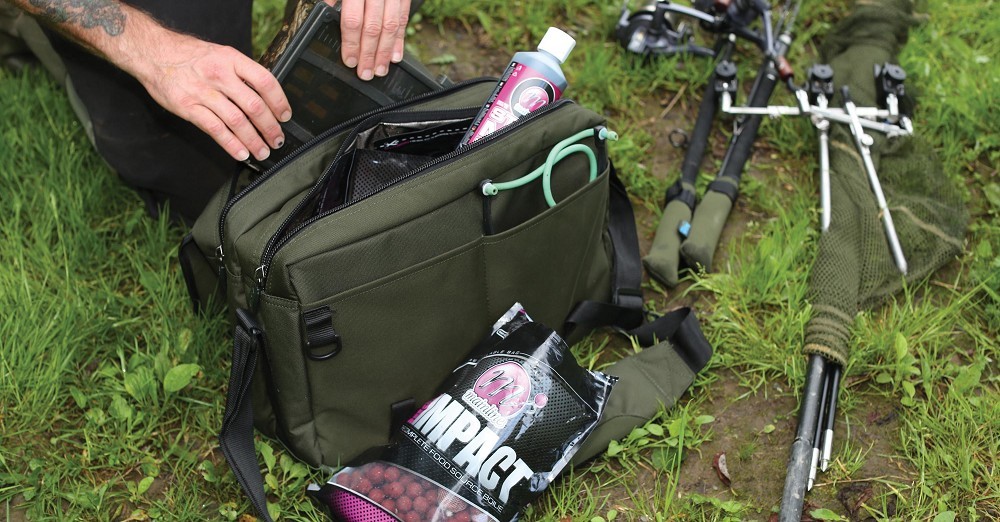
How to ace short session angling this summer
Short, active, mobile
For me, at least, one of the biggest appeals of fishing for carp is that the game is always changing. Venues, the carp that reside in them, the time of year, even new bits of kit can all be factors that shake things up as far as tactics and your approach go. There’s simply no way you can ever get bored from the sheer amount of diversity posed in trying to catch a carp. And not to mention the fact our own situation as an angler never stays the same for too long.
My own fishing has certainly evolved over the last few years, especially as I’ve gone from fishing full-time to cramming a day or night session into a hectic working life. Two very different scenarios although both with one big thing in common: a necessity to be active and mobile. You might think that fishing the four-nights per week I had available while fishing full-time was a simple case of plotting-up, baiting-up and waiting, but this really couldn’t be further from the truth. That’s just lazy fishing. In fact, having time on your side was often a little demon on your shoulder. That little voice nagging you to stay put and ‘move tomorrow’ if yet another 24hr period is quiet or when it stops raining etc. The fact is, you really can’t afford to give in to the easy options regardless of the time you have. From a summer evening to a weeklong session on the bank, you need to put baits in front of carp for as long and as much as possible if you want to catch consistently. Being active and mobile is therefore a vital element of your approach.
Short-sessions and stalking opportunities
They are all the same really...
So what I’m talking about here is adapting your tactics and approach to suit your time, which as I’ve said, could be an hour or two stalking or a day only session. It doesn’t really matter what you want to term it, it’s all the same really. Besides, it’s probably best not to keep to any prefixed mindset or rule set as to what stalking or actively fishing for carp involves. I’ve gone off stalking for carp with a single rod (as you’re supposed to!) before now and ended up wishing I had two rods. Just as much as I’ve started a day session positioning three rods only to end up fishing one. It simply depends on what matches the fishing situation best on the day and what is most effective – there are no hard set rules so don’t try and find any to impose upon yourself, like ‘I must fish X amount of rods’.
The only real thing I do find to generally help shorter sessions, as far as preparations go, is to try and scale down the kit, not in strength but in weight and quantity. The less you need to carry the better. It’s not just physically easier to up sticks and move or adapt, for me it’s the fact I’m mentally more likely to do so. There’s not an angler alive who finds pleasure in packing down a bivvy in the rain and pushing a tonne of tackle miles round a lake, but simply reeling in and picking up a couple of light bits before you’re on your toes is a different ball game altogether – one that creates a much better, more dynamic mindset.
Purpose-designed kit can really come in to its own here: a small, lightweight quiver to carry a couple of rods, some sticks and of course a net – a small carry bag with the essentials only. Basically take a look at your gear ahead of your session and ask yourself, “Do I need this?” Drop the ‘no’s’, take the ‘yes’ kit and leave a few ‘maybes’ in the motor. Trust me, you’ll probably cut down your kit by half and double the effectiveness when it comes to mobility and stealth.
As for being stealthy, it obviously pays to wear drab coloured clothing where possible, although I do find it far more important to be quiet and patient. By patient I mean initially spend plenty of time looking for signs of carp. Because essentially what your looking to do during a short session is to place traps directly in front of feeding fish and therefore induce some action very quickly. Location is then obviously a key element to the approach, so don’t be fooled into thinking the rods need to be in the water quickly to maximise a short session. Unless you can fall straight onto the fish in the first swim you come to, then this really couldn’t be further from the truth. It’s a much better idea to be walking the banks, watching the water and scouting likely areas to then ultimately end up in right place at the right time where a bite is 100% on the cards.
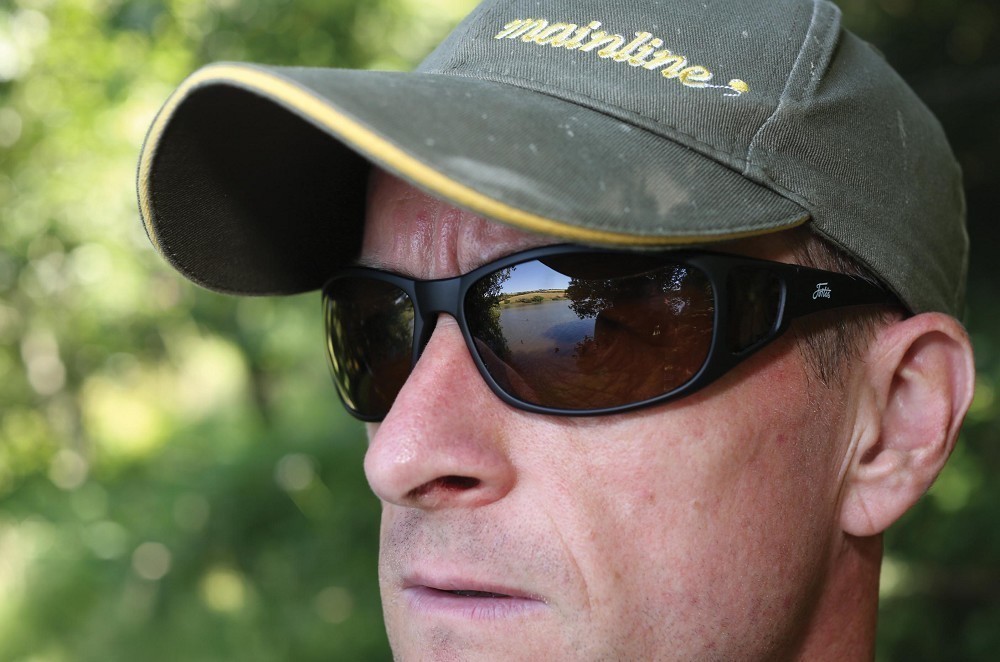 It goes without saying, good polarised lens glasses are essential for spotting fish and scouting spots
It goes without saying, good polarised lens glasses are essential for spotting fish and scouting spotsI think this is where my thoughts on stalking and short-session carping merge, as the best place to look simply because it is easiest to observe is the margins and first 30-40yds from the bank. In many cases these areas along with any active carp can be viewed in detail from climbable trees. Spots can be viewed and patrol routes noted, although there are many advantages to fishing close in to the bank.
For a start, the margins are a great feature in their own right, but also hold plenty of other features found attractive by the carp. Reeds, overhanging trees and foliage, drifting weed, the list goes on but even when there aren’t any clean or presentable spots, it’s easy to make a few with little disturbance. Slowly wading in and rubbing a small spot clean with the sole of your boot before lowering a rig precisely by hand to guarantee presentation takes very little time. Even when casting the 30-40yds I’ve mentioned, leads can be small and light, again reducing the amount of disturbance made.
One feature (and I will term it a ‘feature’ as it most certainly attracts fish) where I always feel an expectancy to find a few fish and close in, is the quiet corner furthest away from the bulk of anglers. This can very often be the least fancied area, as most anglers will be fishing to the conditions, say plotted up on the bank accepting a warm wind. An area where I would begin looking myself, but any pressured area such as this will, in most cases, push a few fish (often the ones you’re targeting) to any area offering some sanctuary. For the mobile angler, being able to fish spots for short periods, these quiet little corners can very often be the most rewarding.
Although it’s always worth remembering that any time you spend looking and searching for carp is never a wasted exercise. As it is also the ideal opportunity for a short-session carper to apply what I believe to be the most effective tactic: priming spots with bait.
Bait for short sessions...
Why should it be any different?
You’re not always going to find or see fish as you scout around the lake, but you can add a little bait to likely areas or better still, viewable spots in the edge as you go. Places that you can return to and check again. If you then see fish or the area looks prime for a take, then fish it for a short time, say 30 minutes or so. If after that time no action has materialised or any carp activity has been noticed, then move on to the next spot or primed area – although not before again applying a little bait.
What I really like about this style of fishing is that I never feel like I’m wasting my efforts. Not only are you raising your chances of catching by actively trying to put your rig(s) directly in front of feeding fish, but you are also leaving a number of baited spots free from lines and pressure, allowing the carp to feed confidently, which is the ideal scenario, as unwary, feeding carp are obviously very catchable and vitally in a very short space of time.
Food source style boilies are top of my list for this style fishing for a number of reasons. Firstly, because I’ll always be building the confidence to feed on these baits and on my chosen areas. So every session, even a blank one, is always contributing toward the next. This is crucial to my fishing these days, as like I’ve said, my sessions are now generally a 12hr stint, maybe the night as well if I’m lucky, so I may not always be able to gain the highest level of feeding confidence, the type of which that can produce numerous bites within one single session. I will most probably need to build this willingness for fish to feed on my spots and chosen baits over a number of trips to the lake.
Food source boilies are therefore ideal – easily digested by fish so they absorb the high nutritional value and quickly look for more. The fact that these baits are applied in small quantities in lots of places around the lake also encourages the fish to actually search for these baits, again increasing the chances of a quick take.
What’s more, it’s easy to notice when boilies have been cleared from a spot, even when the carp (the most likely culprit) are no longer present, perhaps narrowing down the best areas to target during a short roaming session. For this reason, I find it sometimes beneficial to use a bright coloured boilie, say white or yellow, something easily seen when checking spots for feeding activity in murky water or when looking through a heavy wash or ripple.
The choice of boilies within the Mainline High Impact range can really help here, with various colours available, but importantly food source baits that also contain a high level of attraction. Being shelf-life baits is also an advantage, as a bag or two can easily be stored for any impromptu trip to the lake.
Other baits such as pellets, particles and corn, as well as groundbaits will also come into the equation from time to time, especially if I’m looking to clear a spot with a little help from nuisance fish and/or use this activity to attract carp to the dinner table. Groundbaits in particular I find a benefit in so many ways. In fact, since my sessions have become shorter I really have fallen back in love with this bait. Not only is groundbait a great carrier for balling-up other baits for accurate placement, but the fine crushed particles provide a mass of attraction, dispersing a food signal through the water column without too much feed that’s perfect for quick bites.
I really like the way the fine groundbait particles sort of get into the texture of bottom, adding unseen allure to the spot. So much so I decided to pimp-up some hookbaits with this kind of attraction. The idea being to encapsulate my hookbait within a groundbait shell that would quickly breakdown around my hookbait and therefore massively boost its attraction, giving the fish something to home in on during a feeding situation to hopefully encourage quicker bites.
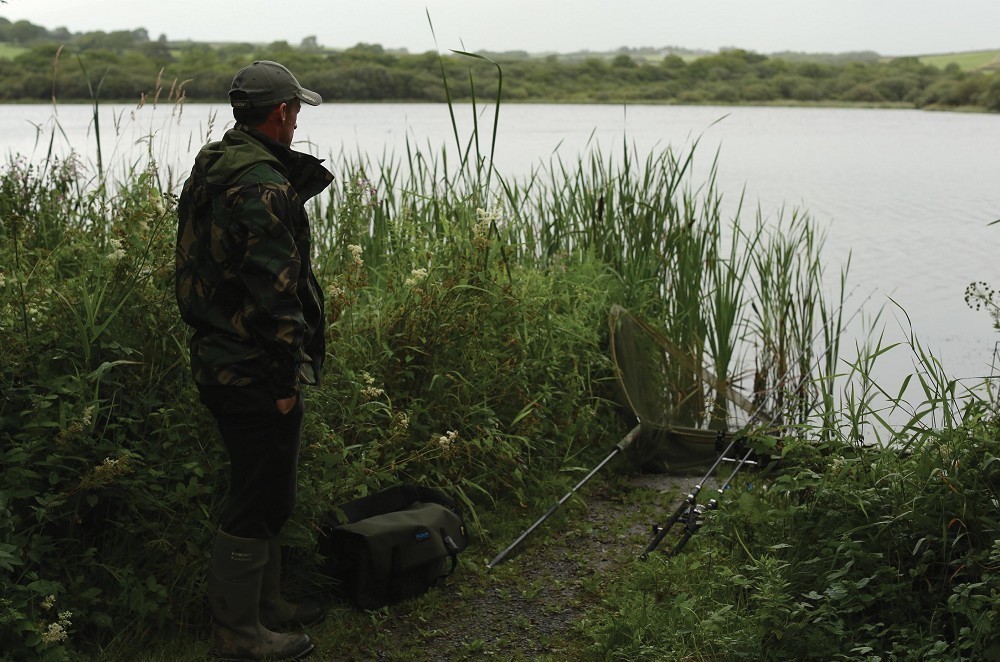 Just a short spell with a couple of rods flicked in the edge before a possible move to another area – watching the water as always
Just a short spell with a couple of rods flicked in the edge before a possible move to another area – watching the water as alwaysThe process couldn’t be simpler. First I roll my hookbaits in a Stick Mix Liquid which are slightly thicker in consistency to liquid flavours and additives – perfect for giving the hookbait a sticky-like texture. Next I sprinkle some groundbait over the hookbaits and again roll them around in a bowl or tub for an even coating. The hookbaits are then air-dried to harden this coating, at which point the hookbaits are ready for use or you can repeat the process the increase the outer layer of groundbait. Balanced Wafters sitting close to the deck really suit this hookbait tweak.
Small pockets of food source baits coupled with hookbait attraction really do suit the active approach. They eliminate the need for huge quantities of bait for a start, enabling you to travel light and maintain mobility, which really is vital to short-session success.
Putting an effective presentation in front of curious or feeding fish is what it comes down to if you want to catch. An obvious statement I know, but obviously not seen so simple by so many anglers happy to wait for it to happen rather than actively try and make it happen!
Hookbait bushcraft
How to make groundbait-coated wafters






